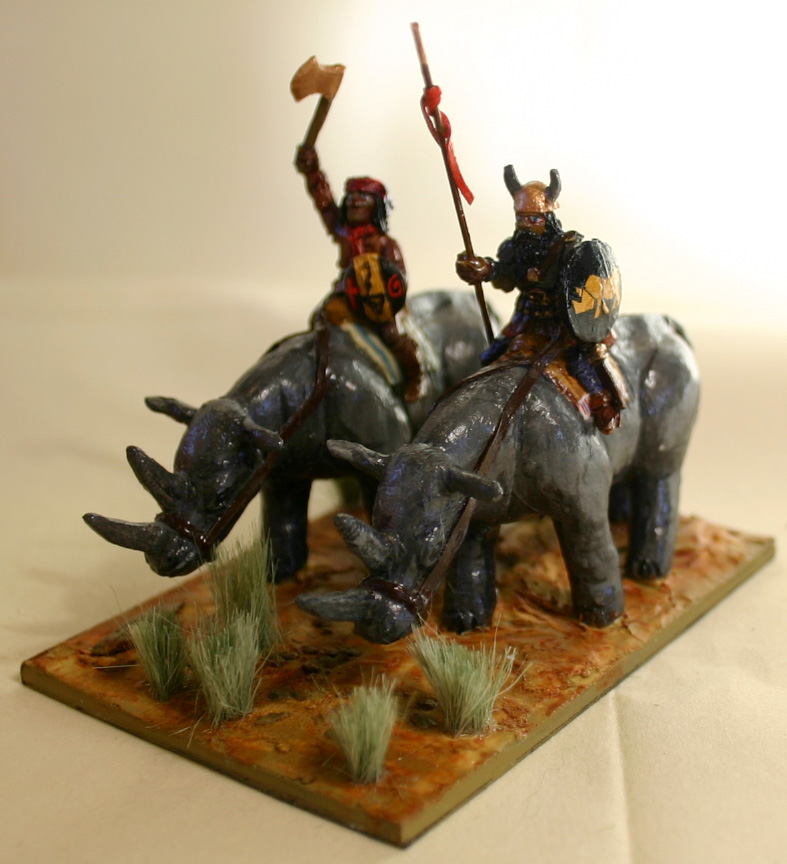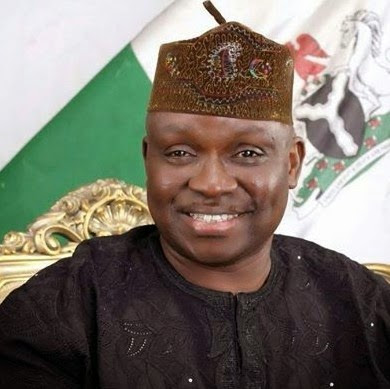Hordes but not barbarians at the gates

Attempts to understand, to explain, even, the people, processes, and things leading up to the epochal presidential vote in the United States of America have leaned surreptitiously on Marxist-Leninist registers. The dominant explanation has many Americans, “left behind” by the “globalised and digital economy”, led in an insurrection against the “establishment”. You need only then recall that the Brahmins who make up what passes for the establishment in the U.S. are as bourgeois as any ruling class can get to complete the link between them and the “new proletariat”.
Beyond that, there is the point about the “necessary” and “sufficient” conditions of a successful “revolution”. Lenin did believe that for a revolution to be successful, the people must no longer be able to live in the old ways, as indeed has become the lot of those parts of the U.S. “left behind” by changes in the global economic architecture. There are those, in the Rust Belt, who have lost jobs, as the production of goods lower down the value chain moved to locations were factors of production are cheaper. However, the concerns of this new “class” go way beyond this. Automation also means that manufacturing will never employ as many factory hands as it used to up to the late 1980s. Therefore, even if all the jobs outsourced were to somehow return to the U.S. many of those left behind would remain so.
The service economy, only further exacerbates the problem. Start-ups in the service sector have parlayed the information and technology revolution in their reinvention of huge swathes of the American economy. Expectedly, their innovations have returned humongous fortunes to their promoters. Unfortunately, this other “revolution” has been carried out with far fewer “factory hands”. One unintended result has seen the returns to top management/business owner’s account for a far bigger share of wealth created in the country than previously. In consequence, the gap between what the “establishment” takes home, and what those “left behind”, is wider today than at any other time in America’s history.
Against this volatile background, the “revolution” at whose head Mr. Donald Trump sits aims to unseat the “establishment”. Alternatively, put differently, to make it difficult for the leaders to rule, as they were wont to. This latter outcome, Lenin argued, was the “sufficient condition” for a proletarian uprising.
As is to be expected, the path to this goal is strewn with contradictions. Of the contradictions that will form, both the subjective and objective milieu within which the Trump presidency will play out, the jury is still out on the most prominent.
On one hand, according to one of the more colourful imageries to make the echo chambers, Mr. Trump leads a baying mob, pitchfork, tar, and burning torches at the ready, on its way to drain the swamp. So brazen has been his baiting of his legion that they are unlikely to stop until they secure a thoroughgoing redistribution of wealth in their favour, (raising Social-Security spending by much, for instance), shackle Wall Street, muzzle the “nattering nabobs of negativism”, etc. However, along the way, pressure will grow for increases in the minimum wage, paid holidays, unemployment benefits, etc. Genuflecting this army of anger before the altar of populism.
All of which would have been okay as left-leaning policy. Except that Mr. Trump leads this army while heading a party ideologically pledged to cut taxes for the wealthy and big businesses (how can anyone forget the pledge to cut the headline corporate tax rate by a massive 2,500 basis points!). Small government and pro-market, the Republican Party would rather have markets correct themselves than throw good government money at it. Even the Bush administration flinched at the consequence of this worldview when it had to deal with the 2008-09 economic and financial crisis. Of course, Obamaism consciously repudiated it.
Thus, a party that would not have lifted a finger to help those adversely affected by the externalities of the sub-prime mortgage crisis, in the conviction that, left alone the market would sort itself out, is being led into battle by a demagogue who has plighted his troth to the redemption of the “new proletariat”.
In the final round, the test of Mr. Trump’s presidency would be whether and how he can reconcile the expectations of the wave of popular anger that swept him to office with the ideology of the party that was the vehicle for getting there. Any which way, hope springs eternal. The resolution of antagonistic contradictions in the old Soviet worldview invariably led from worries over quantity to a new higher qualitative state.
One conclusion is, at least is that this is one insurgency that was never going to leave the world exactly as it met it.








